Ford Mustang Convertible (2015-2024) engines, drive and performance

- A pair of petrol engines only
- Both are strong performers and rear-wheel drive
- Automatic gearbox available on either
Two engines are offered on the Ford Mustang Convertible. Both are petrol-powered and strong performers. A hybrid variant is expected in 2020.
Petrol engines
The entry-level petrol engine still packs plenty of punch – a detuned version of the 2.3-litre turbocharged four-cylinder EcoBoost found in the Focus RS hatchback. Producing 290hp and 440Nm of torque with the help of a turbocharger, the six-speed manual version is enough to take the four-seat convertible from 0-62mph in 6.0 seconds.
Opt for the 10-speed automatic and this drops to 5.7 seconds. Top speed is 145mph for both transmissions.
Considering the on-paper figures, performance isn’t as blistering as some would expect– especially compared to the Focus RS – but the Mustang Convertible is quite a heavy car. This isn’t necessarily bad news, however, as it simply suits the vehicle’s laidback GT nature of covering long distances with minimal fuss.
Muscular V8 version
Badged the V8 GT, this flagship 5.0 V8 produces 450hp and 527Nm of torque. Unlike the EcoBoost, there are no turbos here to provide assistance and, as a result, requires revving much more to extract all of its muscle.
With this engine the Mustang takes 4.8 seconds to get from 0-62mph with the six-speed manual, but you’ll need the automatic in order to have the fastest convertible; taking 4.5 seconds to do the same 0-62mph sprint. Top speed is 155mph for both transmissions.
Again, the V8 is fast but suffers from the Mustang’s weight dampening the sensation somewhat. Instead it’s best to waft along to the V8 rumble.
Automatic transmission available on both Mustang engines
A 10-speed automatic gearbox is available on both engines and replaced the six-speed version in 2018. The extra gears should help the Mustang feel sprightlier through the gears – especially compared to the now-defunct six-ratio gearbox, which felt lazy and reluctant to change gear. Steering wheel-mounted paddles also allow the driver to override the gearbox, should they wish to take control.
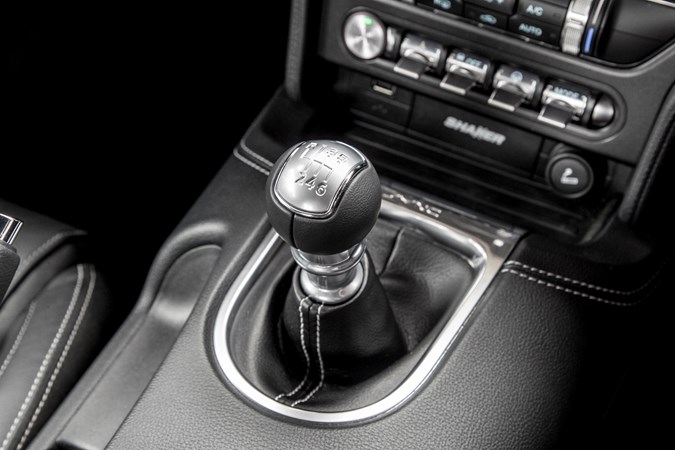
Driving modes
A toggle switch on the dash allows you to select a number of drive modes, ranging from Normal, Sport+, Race track and Snow/Wet. The 2018 facelift introduced an additional two modes: Drag Strip Mode – to optimise standing starts – and My Mustang Mode, allowing a mix of individual settings to be selected to the driver’s preference.
Each of these adapt the accelerator response, automatic gearbox programming and exhaust loudness. A separate toggle switch is available to adjust the steering weight from Normal, Sport and Comfort.
Delve into the menu on the trip computer and you’ll also find launch control and Electronic Line lock – a system allowing the rear wheels to spin up and warm the tyres, while keeping the car in a stationary position.
What’s it like to drive?
- Not as agile to drive as a rivals
- Body control is good nevertheless
- Adaptive suspension optional
Take a look at the Mustang Convertible’s exterior proportions and you may suspect it won’t be sitting at the top of its class for outright agility.
Even the lightest Mustang Convertible – a 2.3-litre EcoBoost manual – weighs in at 1,799kg. To put this into context, a Focus RS weighs 200kg less while producing 60hp more from the same engine.
Despite focusing more on comfort than sporty handling, the weighty driver controls are typically Ford – from the pedals, to the steering and gearshift – making this four-seat convertible far less daunting to manoeuvre. The rear suspension has also adopted a more modern and complex multi-link setup, meaning the Mustang can deal with bumpy UK roads without feeling flustered.
As a result, while the Mustang Convertible is far less flattering than a BMW 4 Series down a winding country lane, it’s far from clumsy at the same time and manages to remain composed.
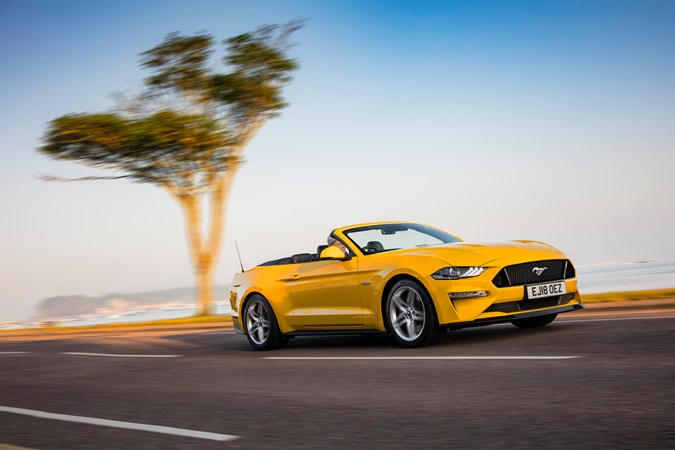
The standard-fit limited-slip differential also helps in the aid of providing traction in mid-corner bends or slippery conditions.
Cycle through the drive modes and you can increase the sharpness of the engine response. Toggle the neighbouring switch and you can adjust the weighting of the Mustang’s steering. The steering itself isn’t particularly sharp but is well-weighted enough in Normal mode to render the other two redundant.
Comfort mode will serve its purpose best on long motorway stints to make lane-changes as effortless as possible.
Optional Magneride adaptive suspension
We came away very impressed with the magnetic suspension option on the facelifted Mustang Convertible. It’s able to switch almost instantaneously between drive modes and offers an impressive spread of handling and ride quality depending on your requirements.
It can adjust up to 1,000 times a second for accurate control of the wheels’ vertical movement, and this means the Mustang can corner a lot flatter when you’re pressing on while also absorbing bumps and ruts with ease.
The cars we drove also wore new Michelin Pilot Sport 4 tyres instead of the Pirellis on pre-facelift cars, and these flex less, meaning extra confidence and feedback for the driver.
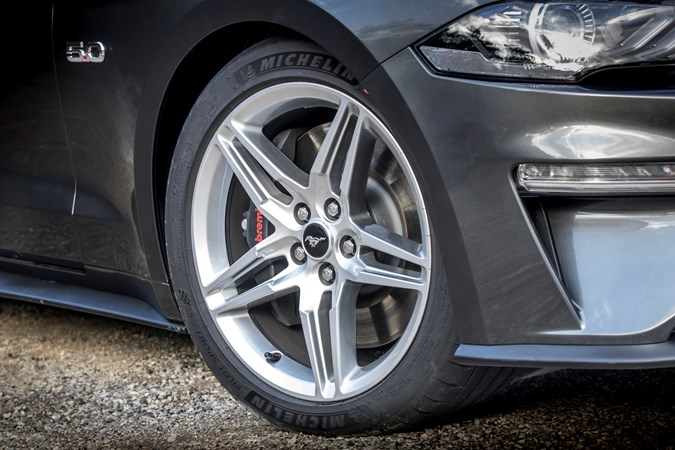


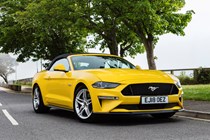

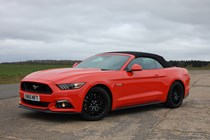

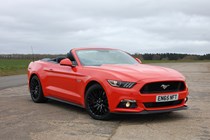
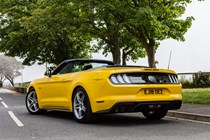
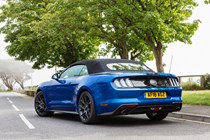

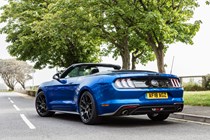
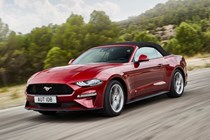
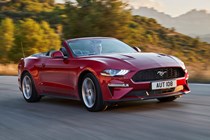
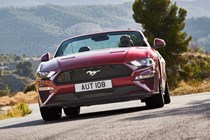
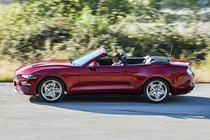
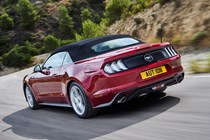
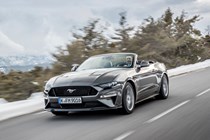
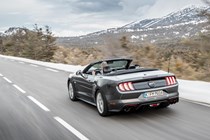
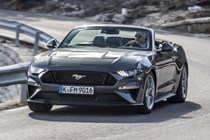
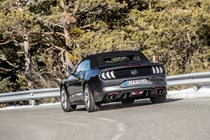


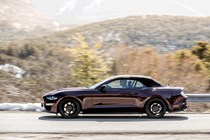



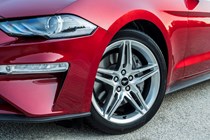
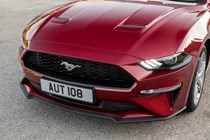
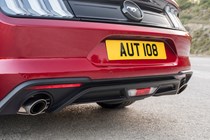
.jpg)
.jpg)
.jpg)
.jpg)
.jpg)
.jpg)
.jpg)
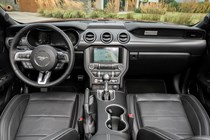
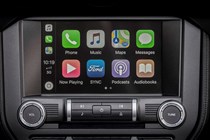
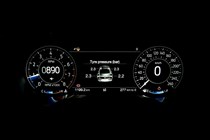

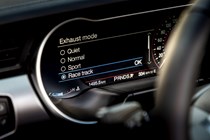
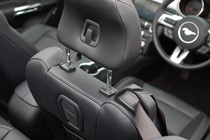
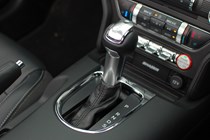
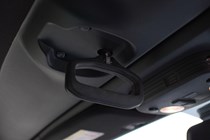
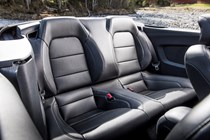
.jpg)
.jpg)
.jpg)
.jpg)
.jpg)
.jpg)
.jpg)
.jpg)
.jpg)
.jpg)
.jpg)
.jpg)
.jpg)
.jpg)
.jpg)
.jpg)
.jpg)
.jpg)
.jpg)
.jpg)
.jpg)
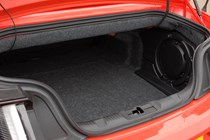
.jpg)

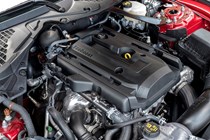
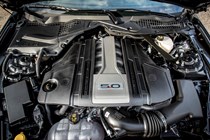
.jpg)
.jpg)



























.jpg?quality=50)
.jpg?quality=50)
.jpg?quality=50)
.jpg?quality=50)
.jpg?quality=50)
.jpg?quality=50)
.jpg?quality=50)









.jpg?quality=50)
.jpg?quality=50)
.jpg?quality=50)
.jpg?quality=50)
.jpg?quality=50)
.jpg?quality=50)
.jpg?quality=50)
.jpg?quality=50)
.jpg?quality=50)
.jpg?quality=50)
.jpg?quality=50)
.jpg?quality=50)
.jpg?quality=50)
.jpg?quality=50)
.jpg?quality=50)
.jpg?quality=50)
.jpg?quality=50)
.jpg?quality=50)
.jpg?quality=50)
.jpg?quality=50)
.jpg?quality=50)

.jpg?quality=50)



.jpg?quality=50)
.jpg?quality=50)